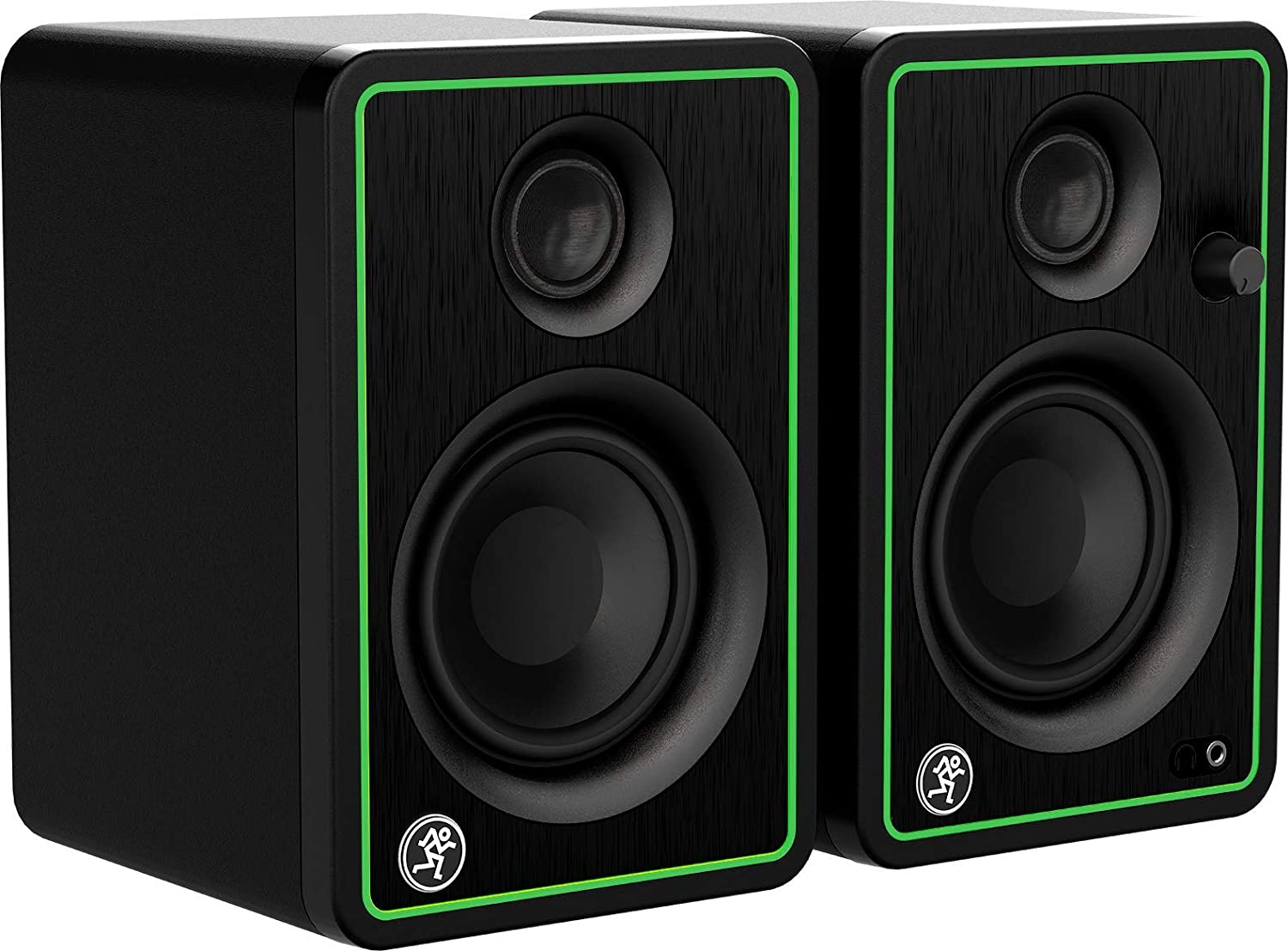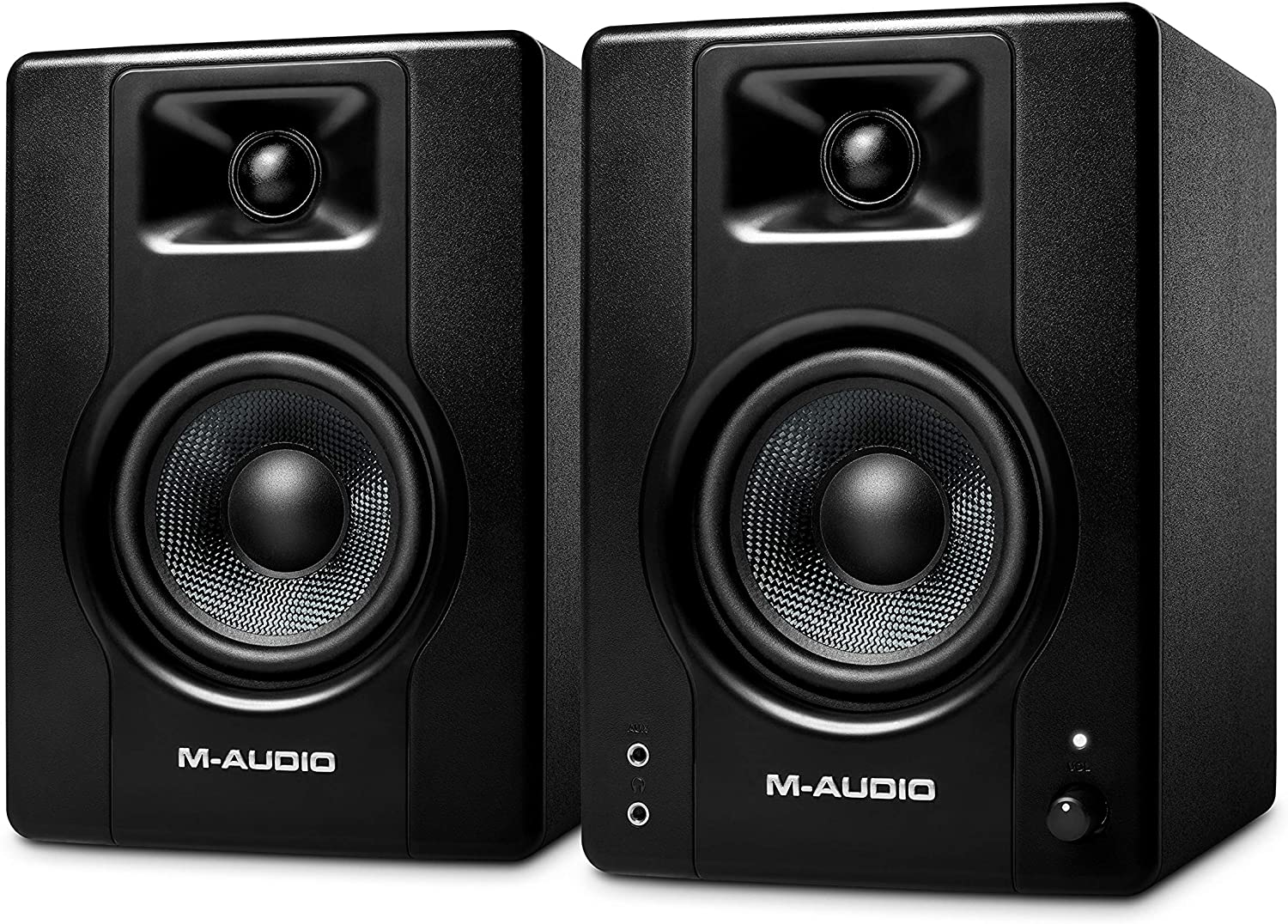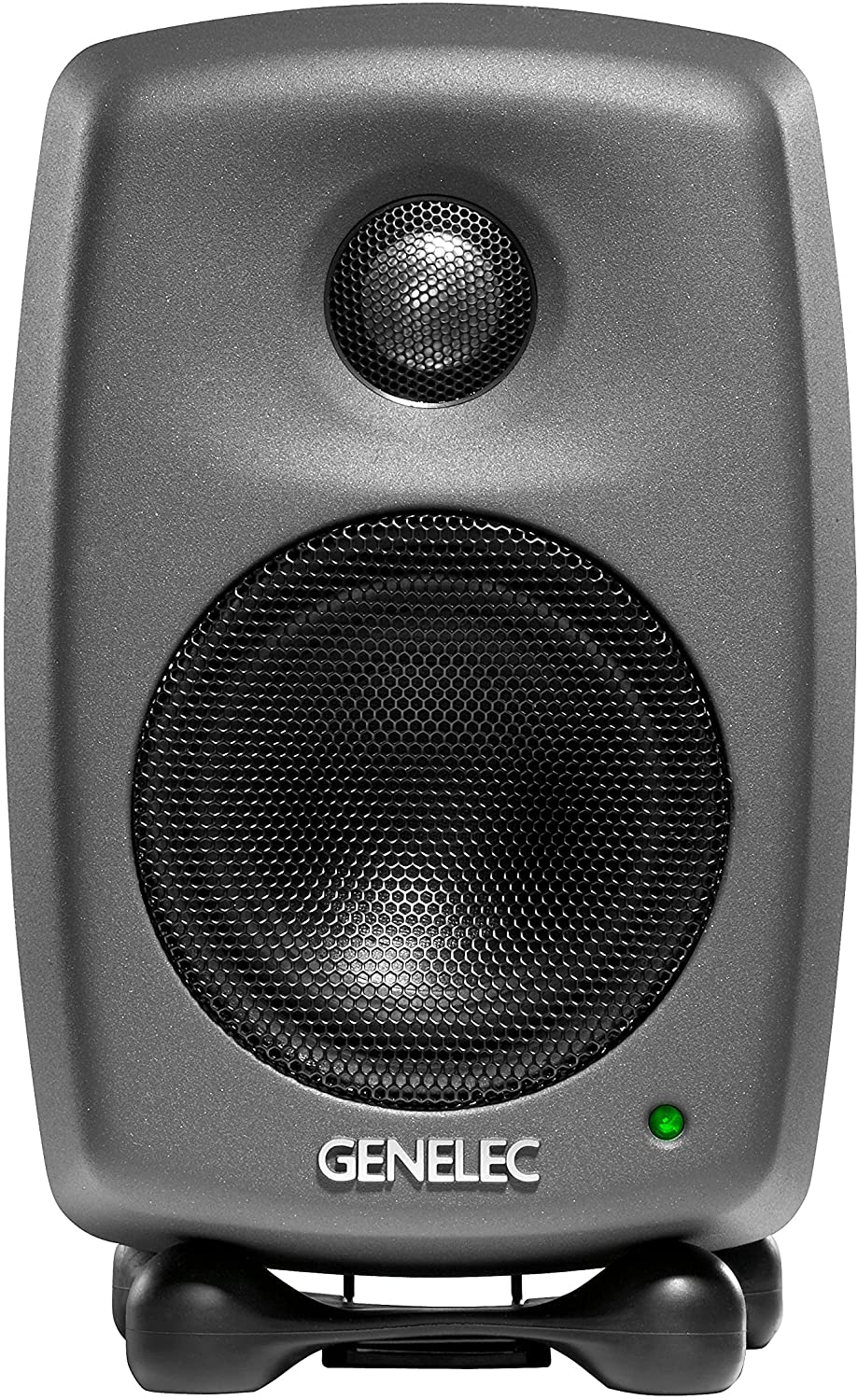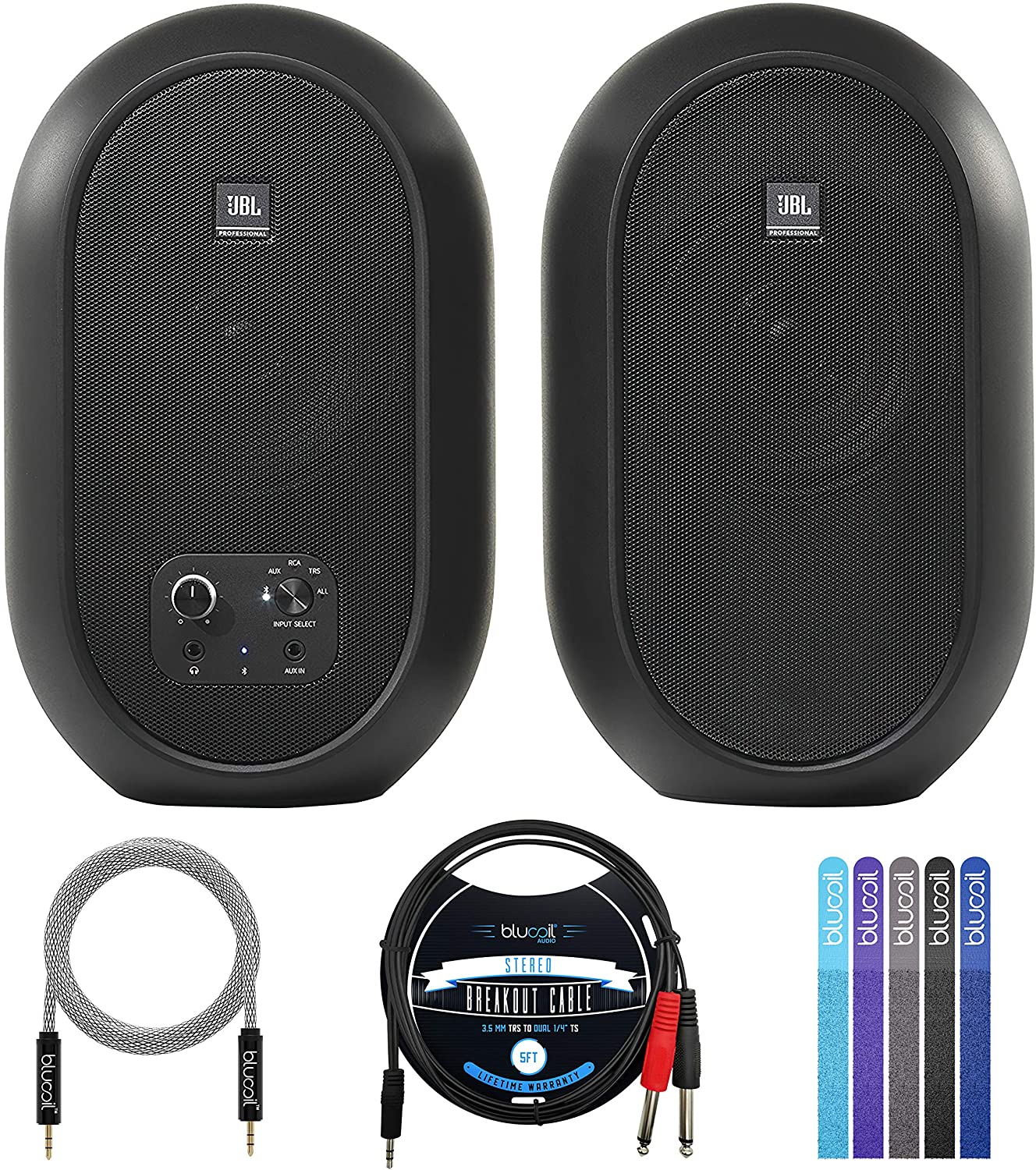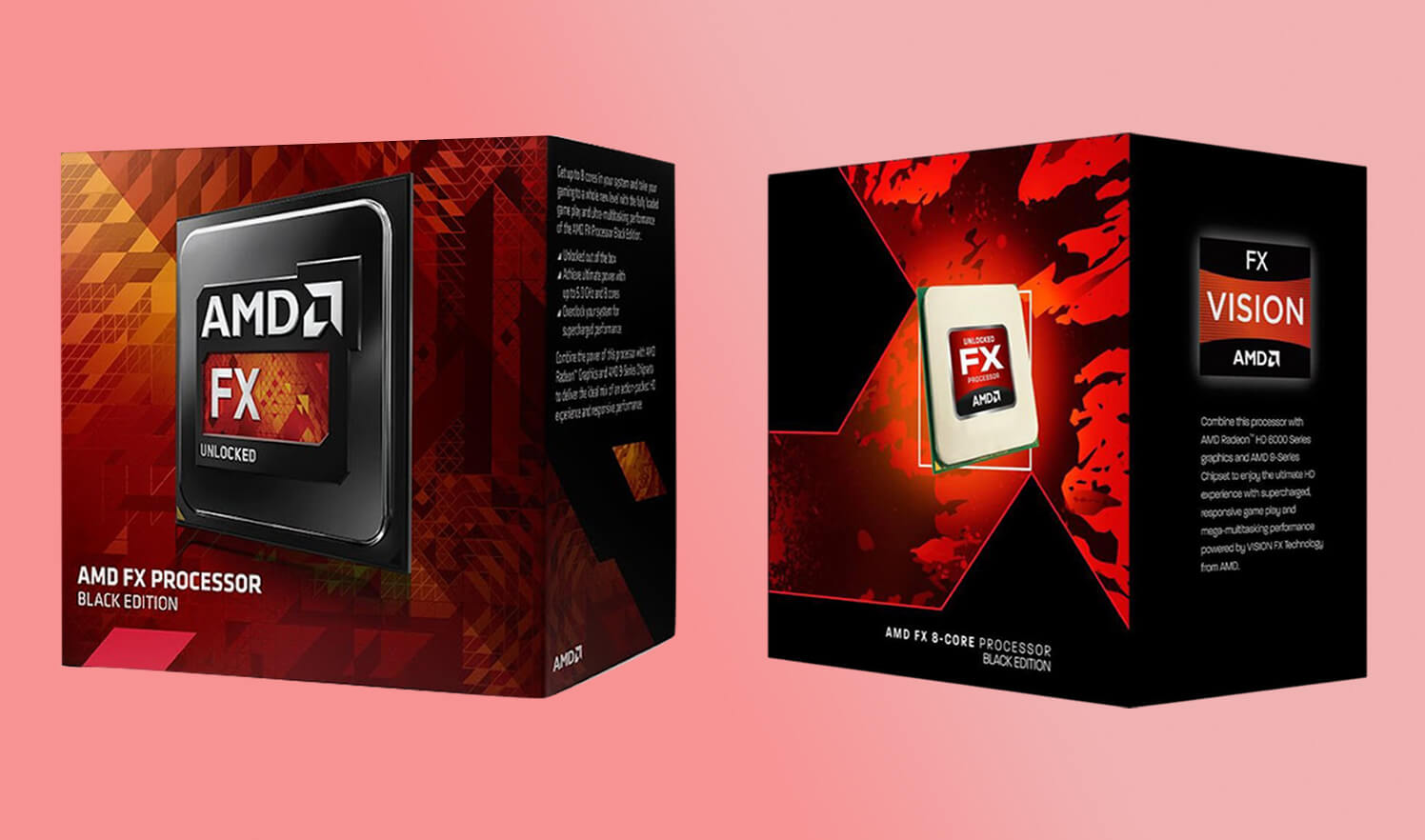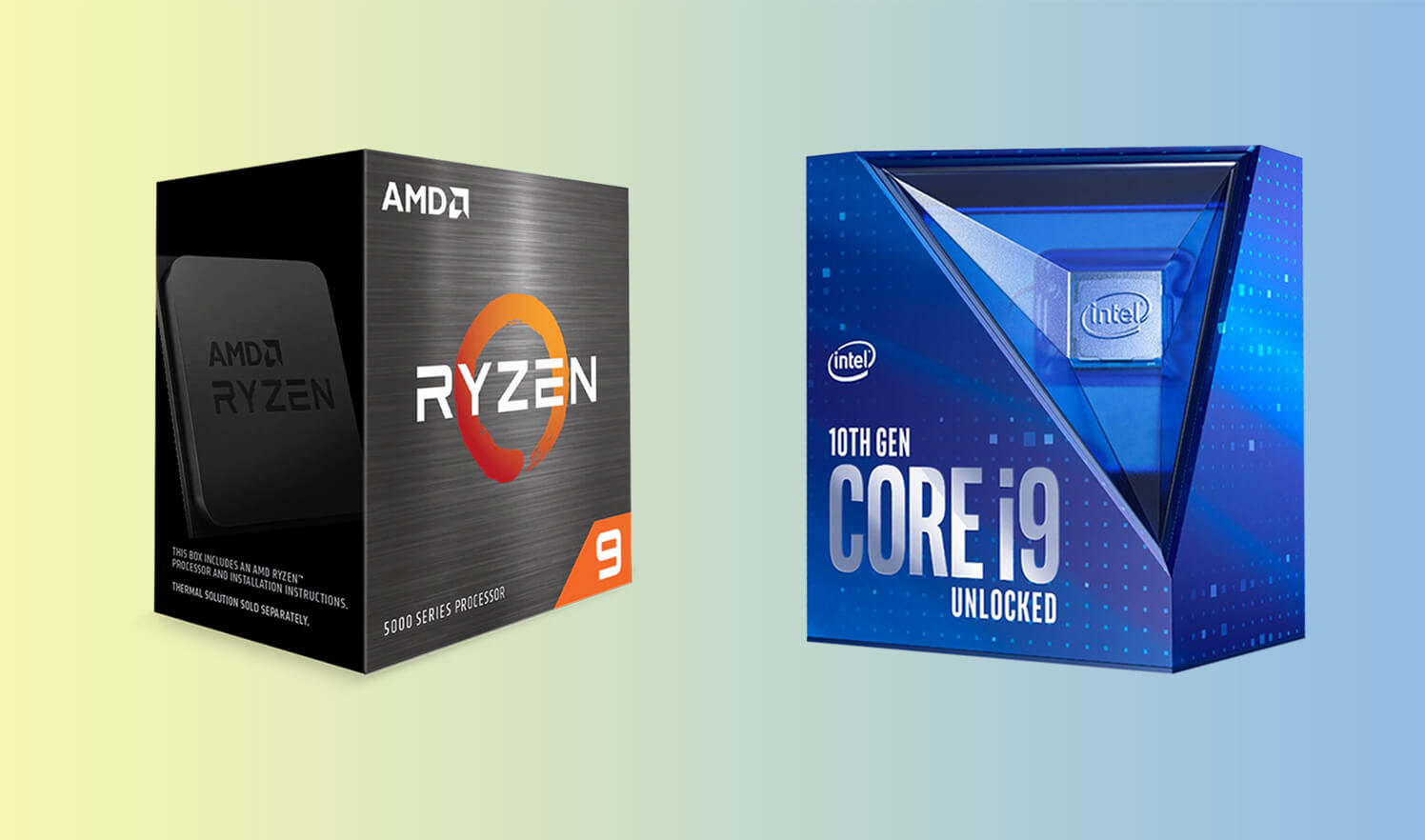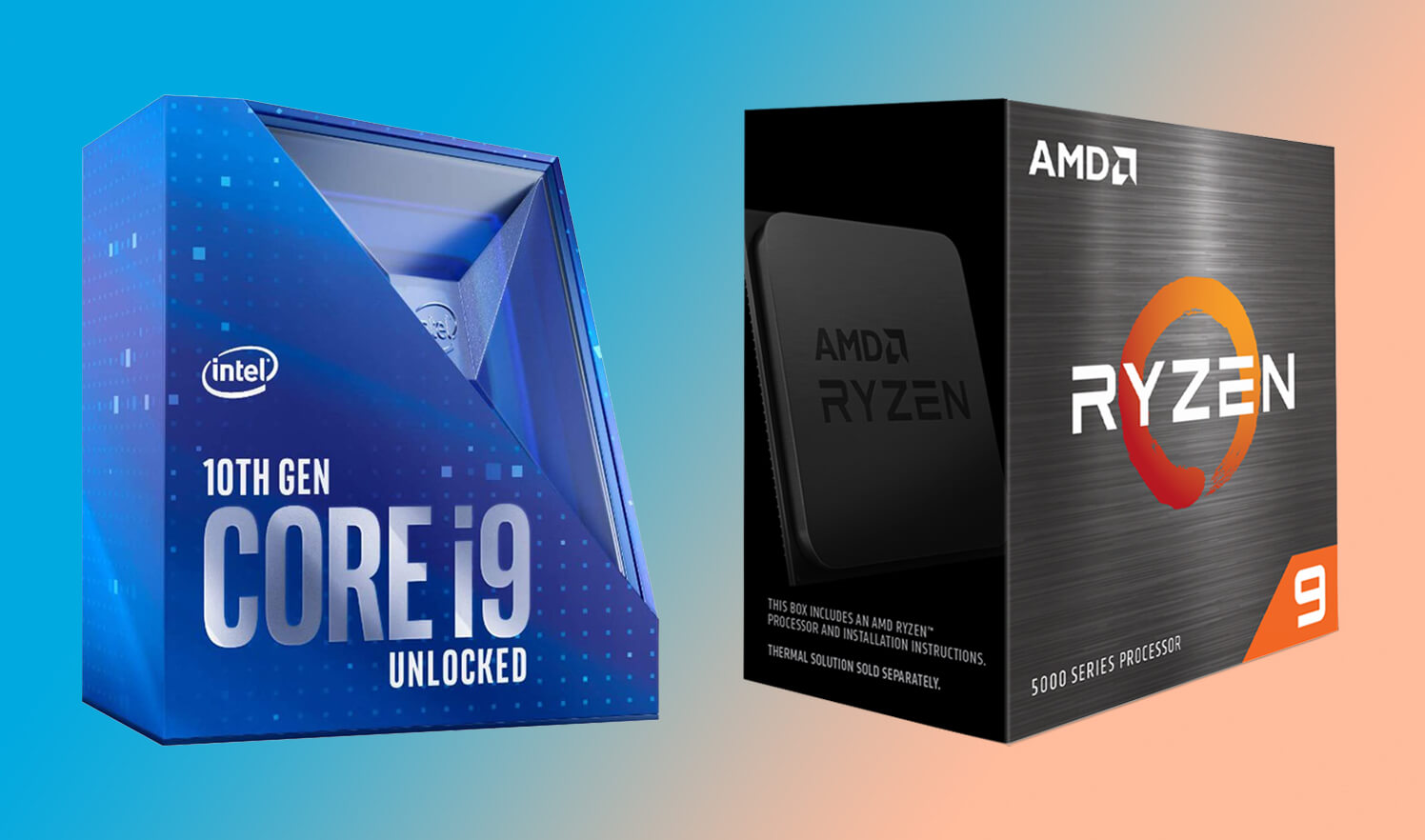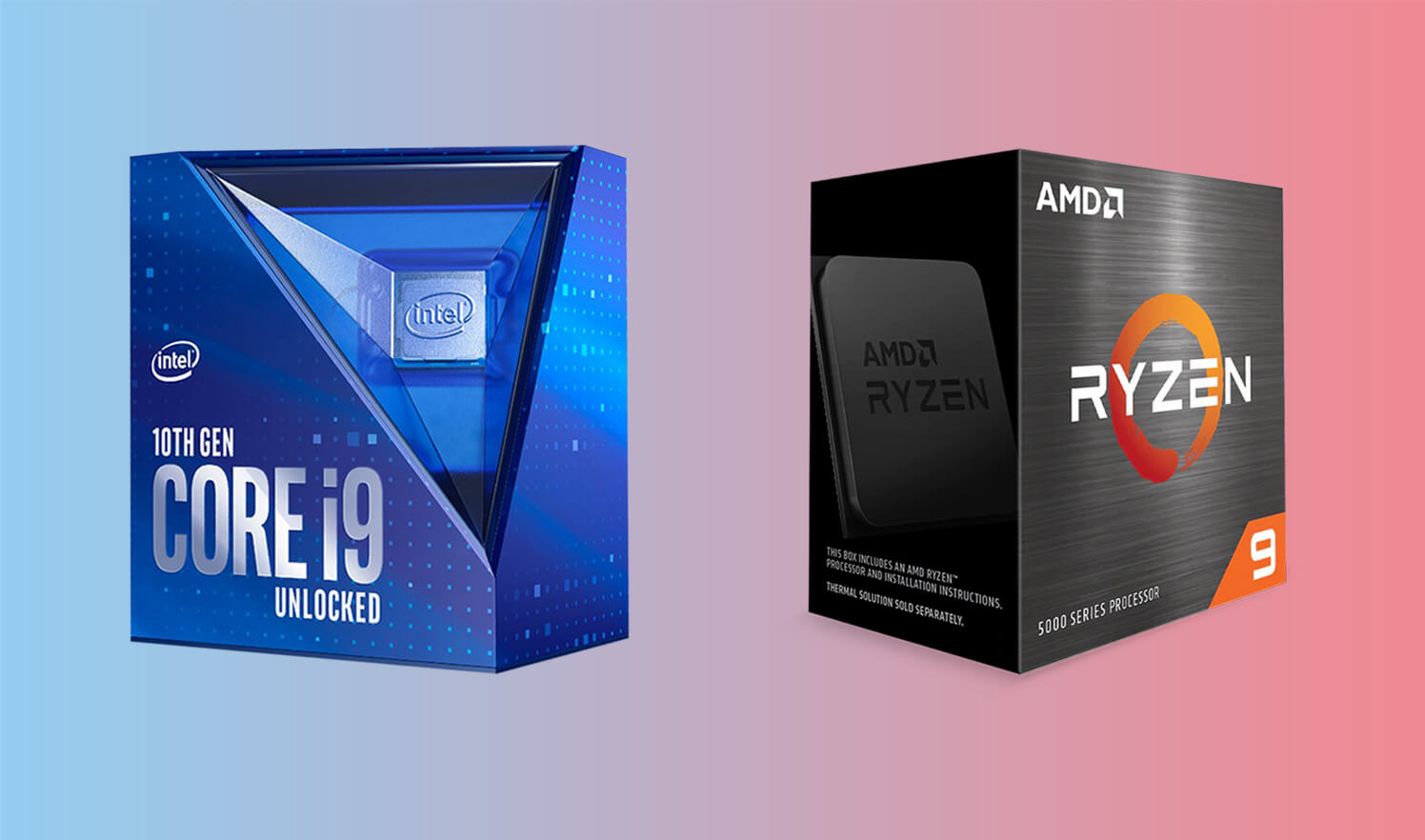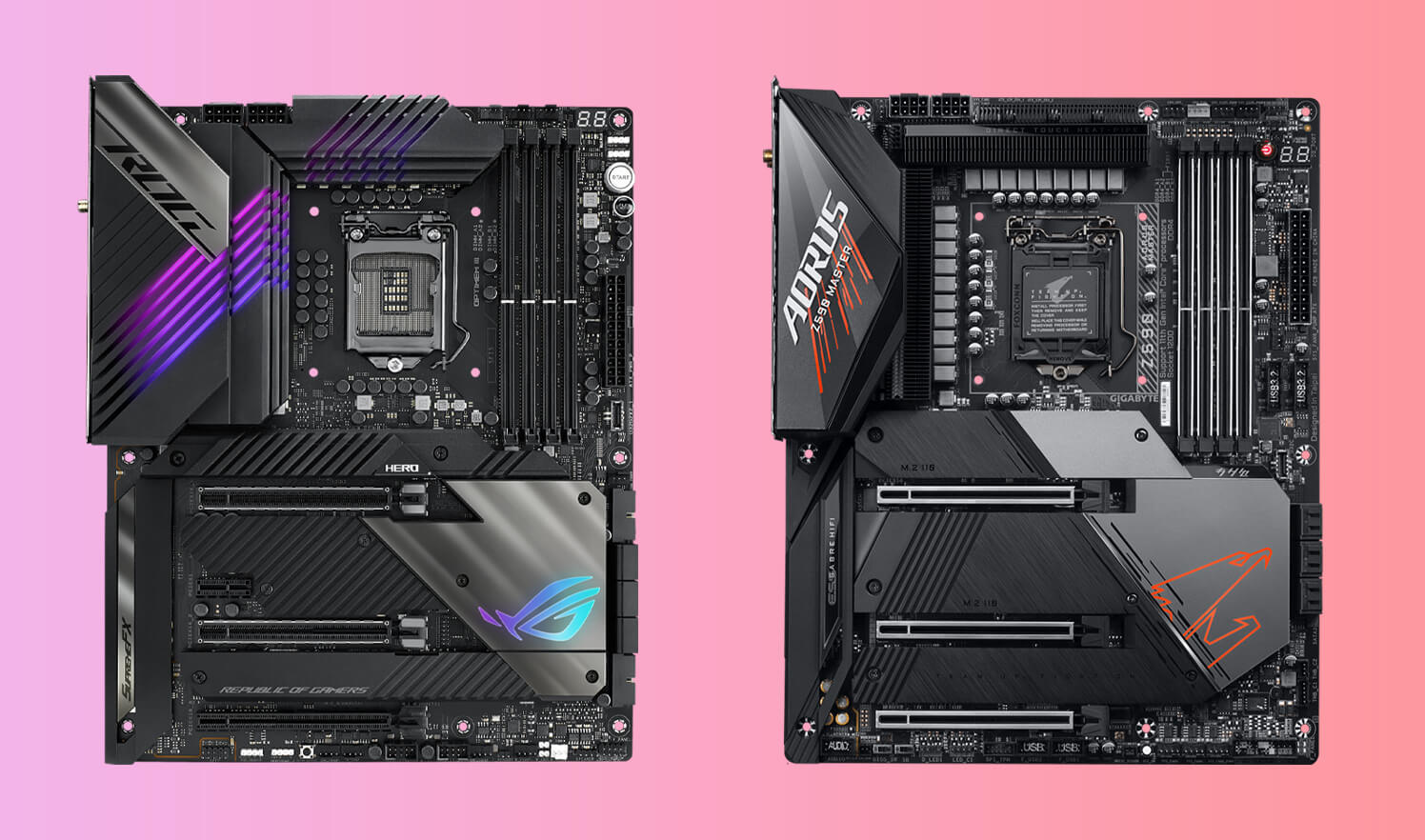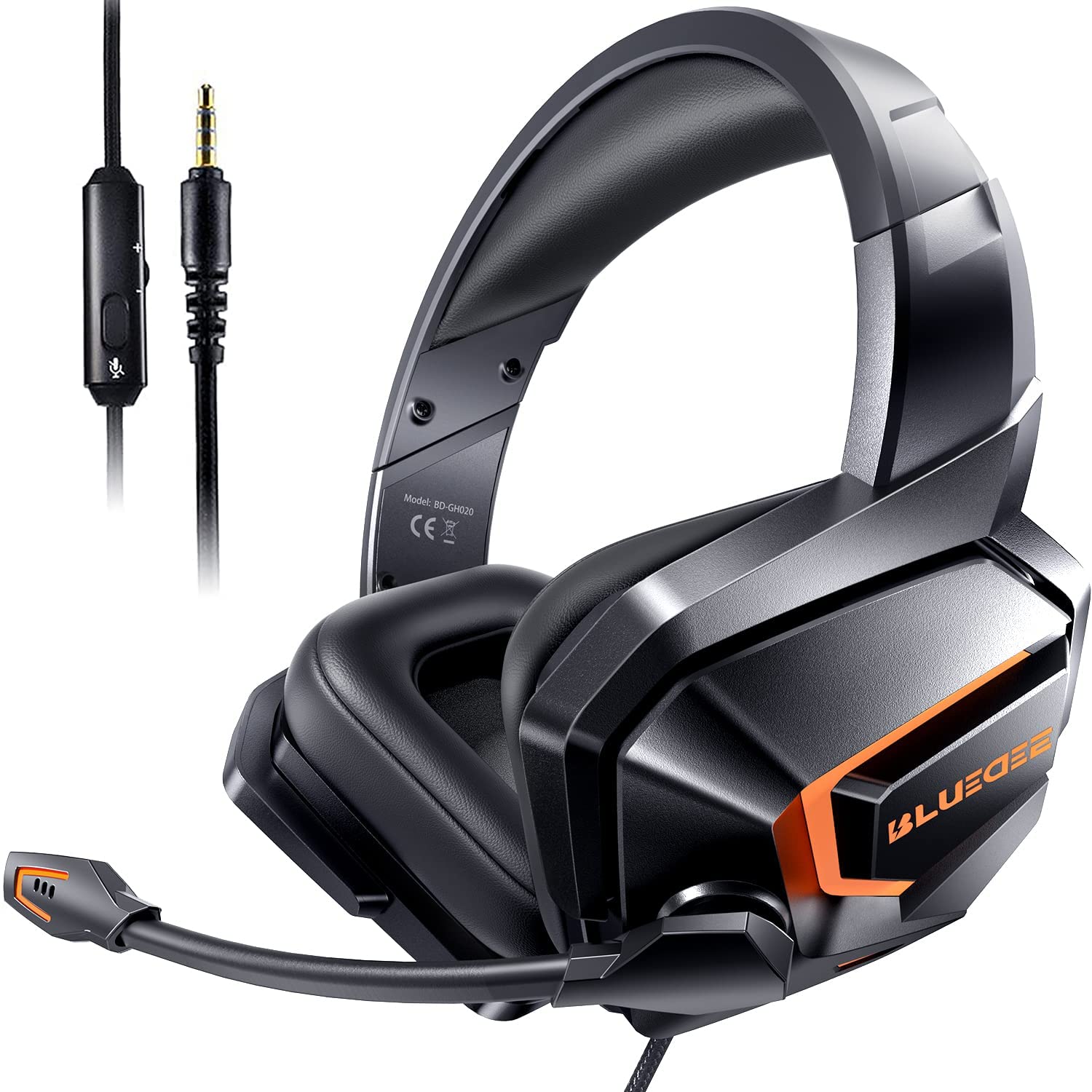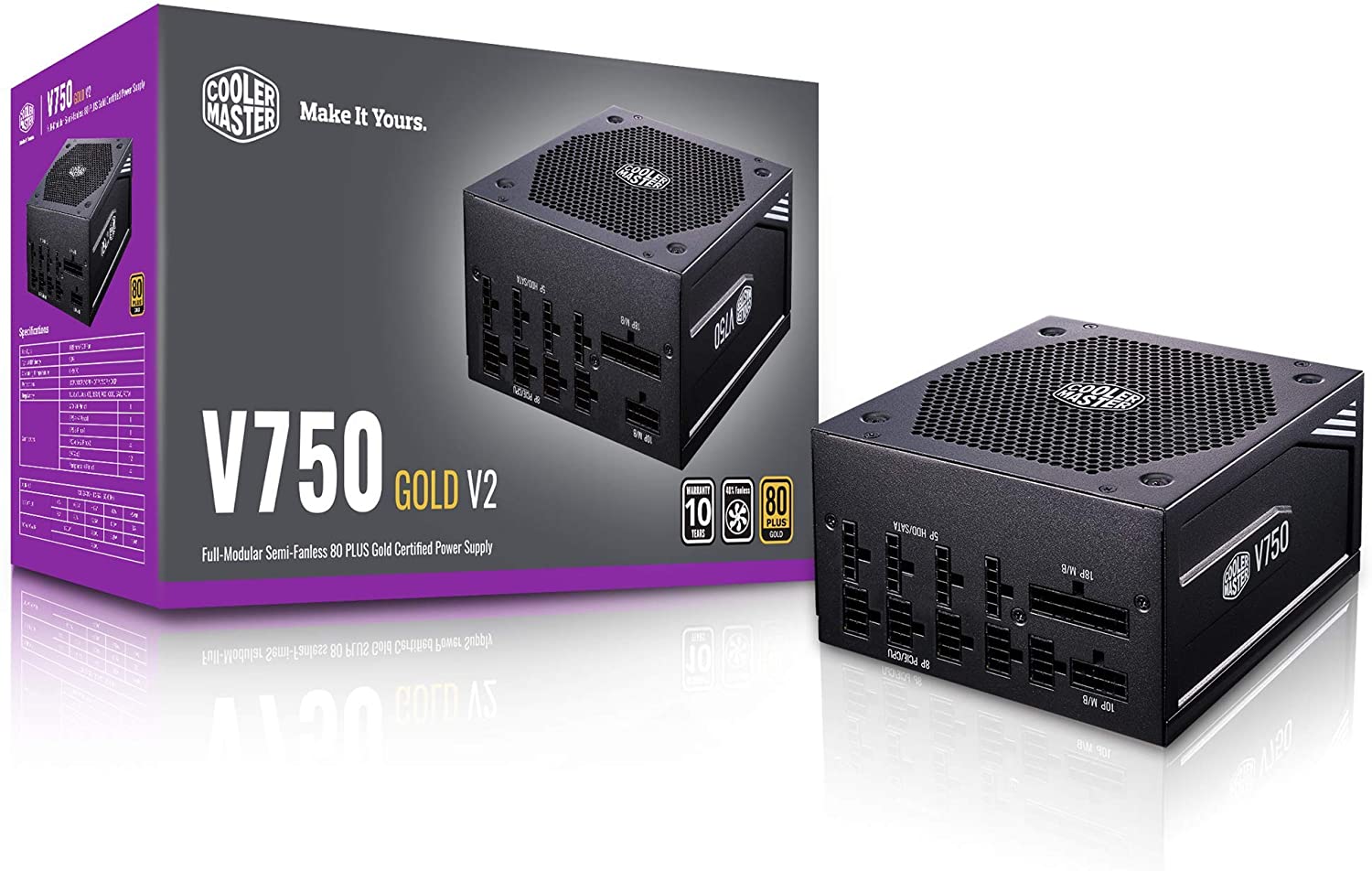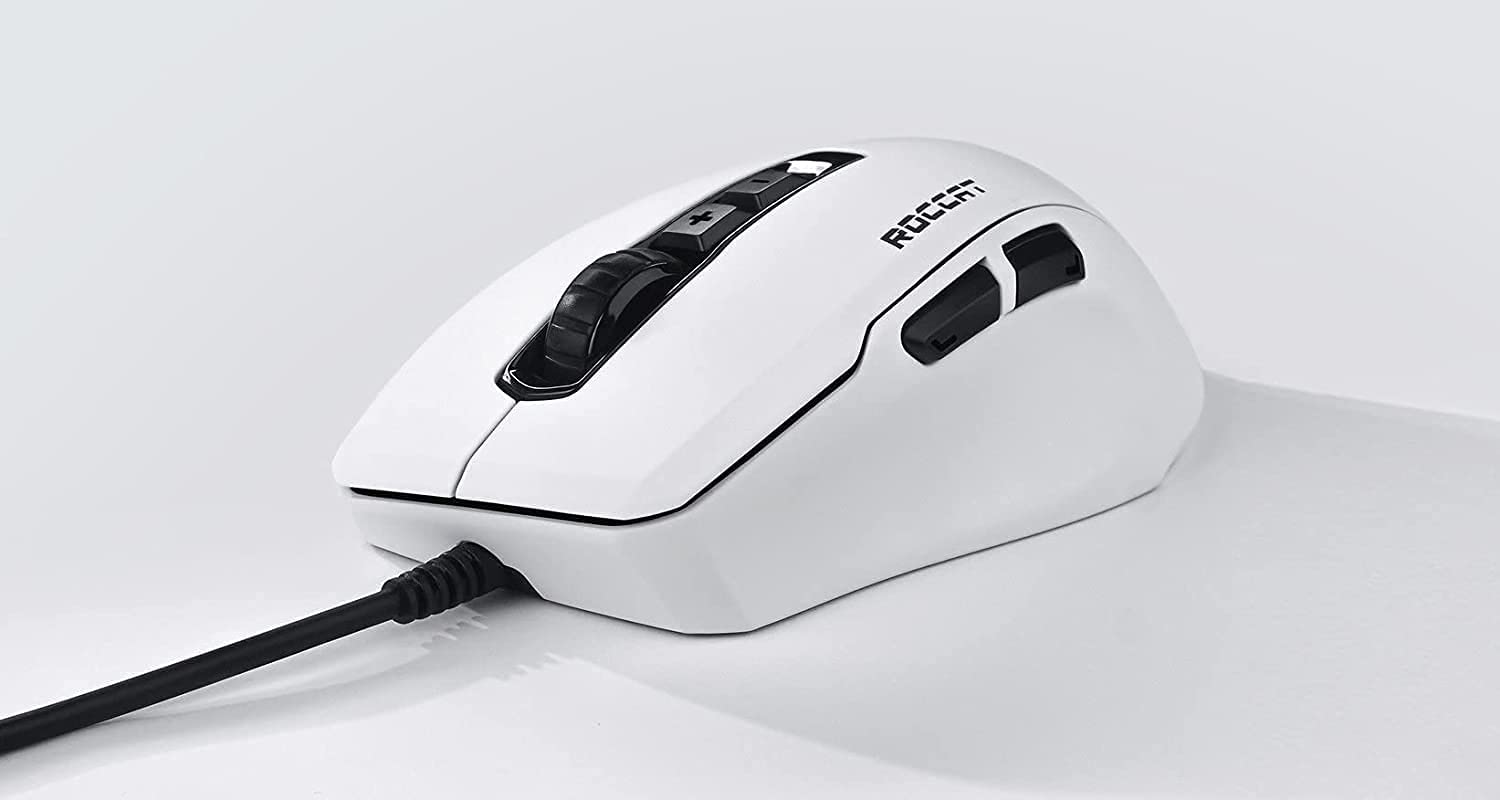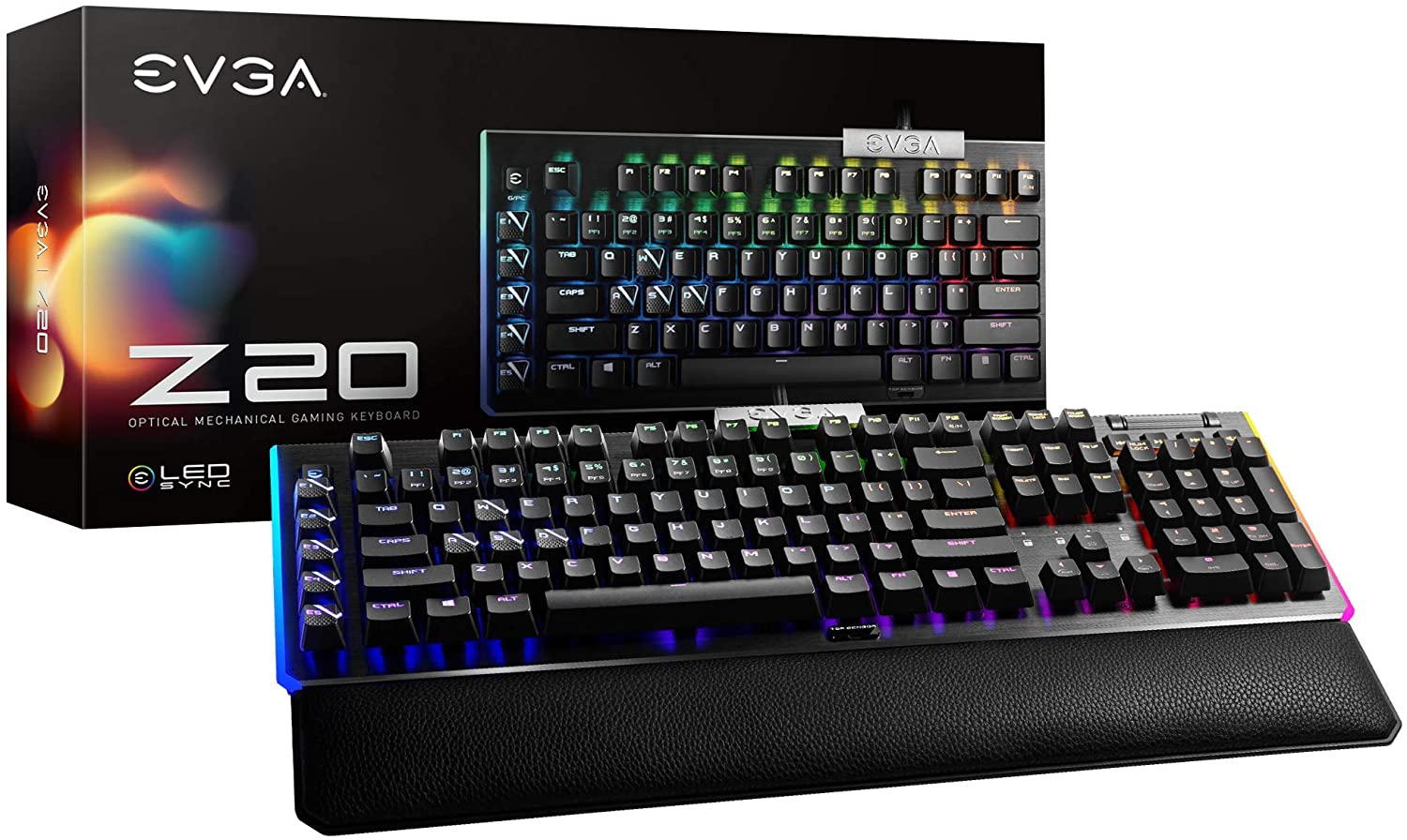As a music producer, the best budget studio monitors are a must. Monitors, in a nutshell, enable you to produce better music and have a better time doing it. The following is a comprehensive list of what monitors are capable of:
→ They allow you to hear the sound coming out of your DAW without headphones, which is better for your ears.
→ They eliminate the need to wear headphones all the time.
→ Having a new set of monitors in your studio gives the impression that you’ve taken a significant step toward accomplishing your production objectives.
There are 8 affordable studio monitors for music producers on our list that have been updated for 2022. Regardless of your budget, studio set-up, or production demands, this list offers something for you if you’re in the market for a new set of studio monitors.
How do we pick the best studio monitors?
We narrowed our search to studio monitors with an established track record of quality, affordability, and broad appeal with so many options available. Almost every recording studio in the world uses one or more of these companies' professional recording gear.
Several years of audio testing and development have culminated in the monitors we’ll be highlighting in this article. They’ve been around for a while, have the endorsement of the experts we spoke with, and we think they’re great.
Best Affordable Studio Monitors:
It isn’t easy to choose. We’ve made things easy with our recommended options for podcasters, EDM producers, and mobile mixers. Our picks are all self-powered studio monitors, so no extra amplifier is required. There’s always a monitor for your budget in our list. Pro studio monitors are frequently advertised as singles, so consider purchasing a pair!
KRK ROKIT 8
Perfect For Music Producers
SPECIFICATIONS
Speaker Type: Woofer | Subwoofer Diameter: 8 Inches | Dimensions: 32 x 20 x 16 inches
REASONS TO BUY
✓ Intense, hard-hitting bass
✓ Room-tuning option built-in
✓ Bottom-side acoustic cushions aid in reducing vibrations.
REASONS TO AVOID
✗ DSP tuning can be problematic for beginners
✗ For certain genres, a bass-forward signature is not the best choice.
You’ve probably seen KRK Rokits with their signature yellow cones in producer videos and Instagram photos. Professionals always love these famous monitors for their reliable build quality, pleasant sound, and built-in room-correcting signal processing.
DJs and EDM producers appreciate Rokits for their deep, complete bass response. Rokit G4s come in 5-inch, 7-inch, 8-inch, and 10-inch sizes with two-way bi-amped designs; here, we concentrate on the 8-inch Rokit 8.
An 8-inch Kevlar woofer and 1-inch dome tweeter provide strong, pure sound from 36 Hz–40 kHz, and ultra-efficient Class D amplification delivers clean sound at any level. A low-resonance ported enclosure and improved high-frequency waveguide give a better bass performance.
However, if you’re making club bangers, the Rokit line’s bass-heavy characteristic will help you get closer to the auditory experience of DJing in a club.
Rokit 8 includes EQ, signal generators, analyzers, and monitors positioning tools. Adjustments may be made through the monitors’s LCD or the KRK app for iPhone or Android. All Rokits come with acoustic isolation cushions to reduce monitor vibrations.
JBL LSR 305P MKII
Perfect For Newbies
SPECIFICATIONS
Speaker Type: Monitor | Subwoofer Diameter: 5 Inches | Dimensions: 11.75 x 7.3 x 9.9 inches
REASONS TO BUY
✓ Options for room-tuning.
✓ Great sound.
✓ hard-hitting bass
REASONS TO AVOID
✗ Super glossy finish.
✗ No audio cables are included in the box
JBL has been making monitors for 75 years, including recording, touring, cinema, broadcast, and home listening. The 3 Series MkII has 5-inch to 8-inch monitors and is the company’s intermediate studio reference monitor series.
The LSR 305P is a bi-amplified monitor with a 5-inch woofer and a 1-inch dome tweeter housed in a black PVC-finished MDF cabinet with an injection-molded ABS front baffle (a white version is also available).
JBL produces realistic bass at low playback settings. The monitors’s centerpiece is the Image Control Waveguide, developed from JBL’s top-of-the-line pro studio monitors.
In addition to a broad stereo soundstage, the bowtie-shaped beveled plate housing the tweeter enhances high-frequency detail. It also has a wide sweet spot, allowing you to roam about and still hear a good soundstage.
LSR stands for Linear Spatial Reference, a JBL design technique that takes 72 measurements around the monitors to maximize its off-axis response, or what you hear when you are not in the monitors’s direct line of fire.
Mackie CR3-X
Budget Pick
SPECIFICATIONS
Speaker Type: Monitor | Subwoofer Diameter: 3 Inches | Dimensions: 5.5 x 8.1 x 7.1 inches
REASONS TO BUY
✓ For its small, it is quite loud.
✓ Inputs are accessible.
✓ Workstation software and plug-ins are all included.
REASONS TO AVOID
✗ There is no DSP or room-tuning.
✗ Bass distorts on higher volume.
Available in sizes from 3 to 8 inches, the Mackie CR Series Creative Reference Multimedia Monitors can be connected through Bluetooth." The 3-inch CR3-X is the only monitor in our review that costs less than $100.
To put it another way, despite the CR3-X’s svelte appearance and modest price, it delivers crystal-clear music. There’s nothing quite like the appearance of a lime-green trim on this sturdy MDF cabinet
The CR3-X comes as a pair with one passive monitor and one monitor with a 50-watt power amplifier.
With its silk-dome tweeter and 3-inch polypropylene-coated woofer, the CR3-X is meant to provide a clean, true sound characteristic that extends to 70 Hz, unlike the multitude of musically inflated monitors in this price range.
With a maximum sound pressure level (SPL) of 97 decibels, the monitors is quite powerful for its small size. The rear-ported cabinet aids in the extension of a smooth low-end. Low-end response is adequate for its size, but you won’t make key mix choices in genres that stress heavy bass.
As far as podcasts and YouTube videos are concerned, you’ll probably be alright with the CR8S-XBT 200W Bluetooth subwoofer from Mackie.
Many I/O ports may be found on the CR3-X. Multiple devices may be connected through the balanced 1/4" TRS and 1/8" stereo I/Os found on the rear panel. On the front panel, a power and volume control can be found, as well as an easy-to-access headphone output.
Pro Tools First, Mackie Musician Collection of 23 plug-ins, and all of the cords you need to get started with a digital audio workstation are included in the CR3-X’s $99 price tag. As a wonderful “real-world” reference, it’s an excellent studio monitor for beginners.
Yamaha HS5
Editor's Dream
SPECIFICATIONS
Speaker Type: Monitor | Subwoofer Diameter: 5 Inches | Dimensions: 6.7 x 11.2 x 8.7 inches
REASONS TO BUY
✓ Dream monitors for an engineer.
✓ Classic design
✓ Value-to-money
REASONS TO AVOID
✗ Controls at the rear of monitors.
✗ Bass distorts on higher volume.
Yamaha’s NS10 studio monitors, with their famous black cabinets and white woofers, have been recording studio standards since the 1970s due to their exacting sonic precision.
As a development of this series, the HS Series is characterized by a similar emphasis on transparency and providing smooth response across a broad frequency range.
monitors are available in various sizes, with drivers ranging from 5 to 8 inches in diameter, and are available in black and white finishes. The HS5, which is the subject of this article, is one of the most popular models for home studios.
For its size, the HS5 is a bi-amplified nearfield studio monitor equipped with an 8-inch conical woofer and a 1-inch dome tweeter that delivers a well-defined bottom end with crisp, clear, and accurate mids and precise highs.
Three-way miter joints construct the cabinet, reducing resonances and increasing longevity. The HS5s' built-in room control and high trim response features assist them in compensating for erratic room acoustics.
It is important to note that the HS5 has a somewhat small listening sweet spot, which means you will need to pay close attention to your monitors' placement and listening posture.
However, after you’ve got it perfect, you’ll begin to notice components of your mix that you hadn’t previously noticed. True love of music producers for decades now.
IK Multimedia iLoud Micro Monitors
Perfect for Mobile Users
SPECIFICATIONS
Speaker Type: Monitor| Subwoofer Diameter: 3 Inches | Dimensions: 5.3 x 3.5 x 7.1 inches
REASONS TO BUY
✓ Bluetooth connectivity
✓ Less weight
✓ Built-in tuning option
REASONS TO AVOID
✗ Controls again on the rear panel.
✗ No option to change batteries.
IK Multimedia is based in Modena, Italy, and the balsamic vinegar home. Therefore, the superb taste is unquestionably at the heart of the company’s operations. The firm started developing software that emulated iconic recording studio equipment; its monitors line later introduced the now-classic iLoud monitor, which became an instant hit.
With the iLoud Micro Monitor, an offshoot of its bigger and more costly namesake, the company claims to have created the world’s smallest active studio reference monitoring system.
The iLoud Micro Monitor is intended to provide a flat, neutral response without the boosted lows and highs that you’ll find in similar consumer monitors.
Designed for “makeshift space,” according to IK Multimedia, the monitor’s modest size allows you to sit closer to your monitors, reducing the effect of poor ambient sound.
A bi-amplified design incorporates a 3-inch bass driver and a 3/4-inch silk dome tweeter that delivers a smooth and natural frequency response that extends as low as 55 Hz. It is available in two sizes: small and large.
Room correction and driver performance are handled by an internal 56-bit DSP, which is also optimized. The use of an integrated isolation base prevents your monitors from coupling with the surface they are placed on while in use.
Please make use of the built-in Bluetooth for wireless casual listening; some engineers can even reference their mixes over Bluetooth to examine the aural influence of the lossy transmission on the mix. Not too good for a pair of monitors that weigh less than 4 pounds in total. Both black and white options are available.
M-Audio BX4
Affordable Choice
SPECIFICATIONS
Speaker Type: Monitor | Subwoofer Diameter: 4.5 Inches | Dimensions: 6.1 x 6.9 x 8.9 inches
REASONS TO BUY
✓ Great deal for value
✓ Compact Design
✓ Great build quality
REASONS TO AVOID
✗ Low-quality cables.
✗ Less satisfactory sound.
Powered studio monitors from M-Audio have been around for a long time, and the newest models are the most compact ever.
With identical characteristics (3.5" and 4.5" Kevlar LF drivers and 1" silk dome tweeters), the BX3 and BX4 are almost equivalent in price (£85 and £100). Hence, which one you choose is likely a matter of personal preference.
Only one active monitor is equipped with audio inputs and mains power; the other passive monitors are linked through a 3.5mm TS connection cable.
Some inputs are balanced and imbalanced (a pair of TRS jacks and RCAs, respectively). It’s simple to set up the BXs since there’s just one power connection and stereo inputs. Additionally, the active monitors may be shifted to whatever side you like by modifying the left/right settings on the active monitor.
These BX studio monitors are geared for a wider market than their bigger nearfield studio counterparts, but we like the versatility they provide and the decent quality they provide.
These new BX monitors, whether you’re on a limited budget or need a flexible, small monitor set-up for your production or podcasting requirements, might be a wonderful bargain. New M-Audio BX monitors to increase the appeal of this established series at a great price.
Genelec 8010A
Affordable Choice
SPECIFICATIONS
Speaker Type: Monitor | Subwoofer Diameter: 3 Inches | Dimensions: 4.8 x 7.7 x 4.5 inches
REASONS TO BUY
✓ Great deal for value
✓ Compact Design
✓ Great build quality
REASONS TO AVOID
✗ Low-quality cables.
✗ Less satisfactory sound.
The Genelec 8010A is the smallest of the 8000 bi-amplified studio monitors. The 8010As are sturdy and light (1.5kg apiece), having die-cast aluminum enclosures and metal driver grilles to avoid damage in shipping.
Power and input sockets are discreetly hidden away towards the back. They have tiltable Iso-Pod rubber stands for axis angle and transmission reduction. They have standard 8000 series mounting connections for truss hanging or floor standing.
These are rear-ported (bass reflex) enclosures with five dip switches below the port. -2dB and -4dB bass tilts add up to -6dB, while Desktop Control falls -4dB at 200Hz.
A Sensitivity switch adjusts the external volume control range by -10dB. It disables the auto-standby mode, which reduces power to less than 0.5W when no input signal is available.
The 8010As provide a smooth, accurate, and non-hyping top end. As with the low-end, there is less extension than bigger models, making tiny modifications in the ‘air’ region more difficult to detect.
We expected some roughness in the highs and upper-mids with a monitor of this size, but there is none, and we have been working contentedly without ear discomfort.
JBL One Series 104
Small Yet Powerful.
SPECIFICATIONS
Speaker Type: Monitor | Subwoofer Diameter: 4.5 Inches | Dimensions: 9.72 in x 6.02 in x 4.88 inches
REASONS TO BUY
✓ Best deal
✓ Small yet powerful
✓ Globally recognized
REASONS TO AVOID
✗ Less tuning options.
✗ For certain genres, a bass-forward signature is not the best choice.
The JBL One Series 104 is a portable monitor. It has a rear-ported design for better low-end extension.
A connection links the second monitors to the device with audio inputs, volume control, and amp. Two sources may be connected by RCA or 1/4” jack, and a front 1/8” input overrides the rear connections.
A rubberised base makes these monitors perfect for desktop use, however they may need to be placed on a shelf or monitor stand for proper ear height. A wide sweet spot was found both vertical and horizontal.
Incredibly punchy welly from the 104. No compensatory EQ aboard, however they performed effectively 12 inches front of the back wall.
To balance important lead instruments in a mix the monitors tuning gives enough of midrange. However, low and medium volume levels are well balanced in terms of frequency.
Conclusion
To end with, studio monitors must be accurate and clear. Using monitors with a distinctive “sound” is a simple way to fool people. Assume you’re listening to this on a machine with a lot of brightness: You trim the highs because you fear your mix has too much treble.
However, the identical mix sounds murky and muddy on a well-balanced system. Alternatively, you may use many bass systems to create club mixes. As a result, you lower the low end to reduce the boominess of the situation.
While it sounds great at home, it sounds like a tin can when played out in public. It depends on the material you’re making, how much area you have to work in, and the acoustics of your environment.
Monitors are an investment in your trade, and utilizing superb studio monitors can help you become a better mix engineer. A monitor is a personal choice; no one model is perfect for everyone. Ultimately, talent transcends technology, and audio products are tools that support your creative vision.


